Prevention and control work released daily
From 0 to 24:00 on October 14, there were 4 new confirmed cases imported from abroad in the province, which were reported in Guangzhou, from Singapore, the Philippines, Cameroon and Senegal. There was 1 new case of asymptomatic infection imported from abroad, and Guangzhou reported it, from Singapore. All of the above were found at the port of entry or isolation point, and were quarantined and observed after entering the country. Three new cases were discharged.
As of 24:00 on October 14, the province has reported a total of 1873 confirmed cases of COVID-19 (477 imported from abroad). There are currently 36 cases in the hospital.
From 0 to 24:00 on October 14, there were no new confirmed cases in Shenzhen and no new asymptomatic infections.
As of 24:00 on October 14, Shenzhen has reported a total of 471 confirmed cases of COVID-19.
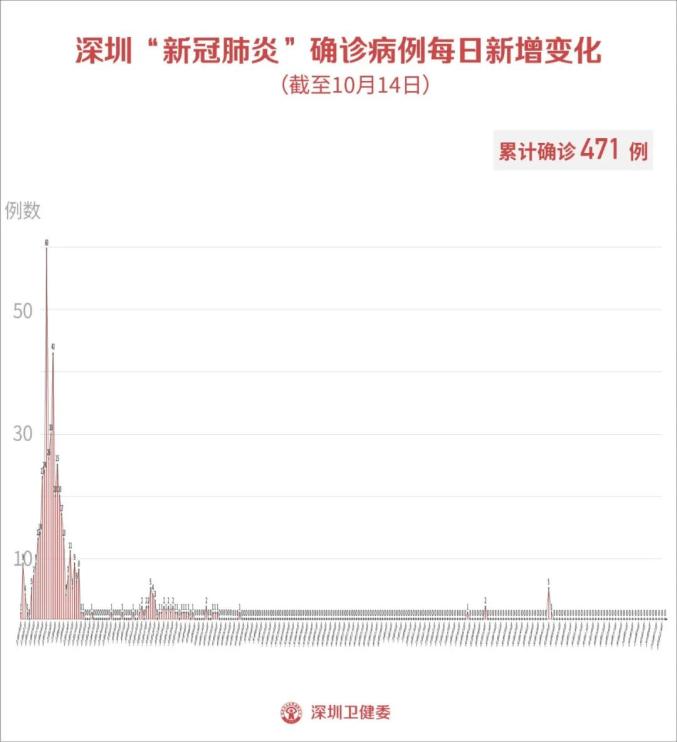
Where did Qingdao’s "Patient Zero" come from?
Wu Zunyou made a preliminary judgment and made a suggestion
The "News 1 + 1" broadcast on October 13 continued to focus on the epidemic in Qingdao. The program connected Wu Zunyou, the chief epidemiologist of the Chinese Center for Disease Control and Prevention, to respond to questions such as "Patient Zero", "Whether you need to be quarantined when you visit Qingdao during the Golden Week", and "The scale of this epidemic".
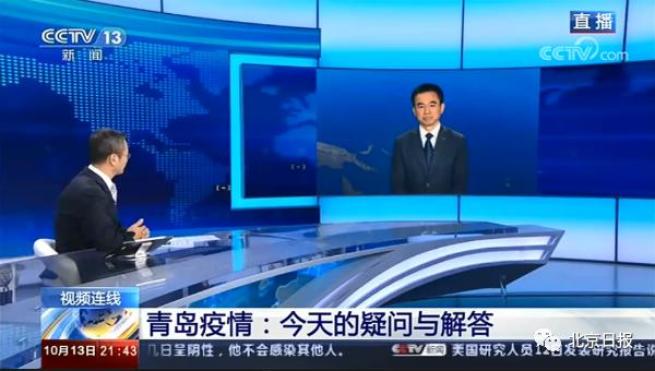
01. The scale of the epidemic in Qingdao should not be too large
According to the Qingdao Health Commission, as of 15:30 pm on the 13th, Qingdao’s nucleic acid test has completed 4.23 million samples, and 1.94 million results have been issued.
Wu Zunyou introduced that large-scale nucleic acid testing provides a very important technical means for understanding the scale of the epidemic. From the current results, the scale of the epidemic should not be too large.
Wu Zunyou mentioned that when a case occurs, it is still quite worrying. Especially if the patient takes the initiative to seek medical treatment in the community outpatient clinic, which indicates that there must be a certain number of cases later, depending on the patient’s early and late treatment. From the more information of Qingdao cases, they are mainly concentrated in hospitals, so the scale should be lower than that of Beijing Xinfadi and Xinjiang epidemics.
02. Taxi drivers have a limited role as a source of infection
In this epidemic in Qingdao, a taxi driver became a confirmed case, causing concern. Wu Zunyou introduced that when the driver first found positive nucleic acid, he was still asymptomatic and infected, and he turned to a confirmed case on the 13th. From asymptomatic infection to confirmed case, indicating that the driver is in the early stage of infection.
He introduced that according to the detoxification law of novel coronavirus, the patient is contagious one or two days before the appearance of symptoms and five days after the appearance of symptoms. For this driver, before the discovery on the 11th, his role as a source of infection was very limited. After the discovery on the 11th, he has been quarantined. For him, the scope of contact and spread is very limited.
03. Tourists who have been to Qingdao do not need to be quarantined
During the 11th of this year, Qingdao received 4.50 million passengers. Do you need to isolate all nucleic acid tests?
Wu Zunyou said that this is not necessary. Judging from the current testing situation, the epidemic is mainly confined to thoracic hospitals. For the vast majority of tourists who travel to Qingdao during the National Day, there is no opportunity to contact patients. But there is one point. If you go to the district where the hospital is located and take a taxi and have a taxi invoice, you need to check whether it is a taxi service provided by the patient. For other travelers, there is no need to worry too much. If you are really worried, you can take the initiative to go to a medical institution for a nucleic acid test.
04. Preliminary judgment of "Patient Zero" is likely to be related to the management of imported cases overseas
On the 13th, the epidemic conference in Qingdao mentioned that the possibility of community infection is getting lower and lower.
Wu Zunyou introduced that there are two interpretations. First, the epidemic is less and less likely to be brought to the hospital by the community to detonate. From the clinical symptoms and incidence of cases, it should be hospitalized patients, to accompany, to accompany family members, resulting in transmission. Second, the risk of this epidemic causing greater transmission in society is very small.
With the deepening of investigation and testing, more and more evidence shows that the 6 confirmed cases and 6 asymptomatic infections detected in this epidemic are highly related to the Municipal Chest Hospital. This hospital is responsible for the treatment of imported novel coronavirus infections.
Wu Zunyou said that the epidemic in Qingdao once again sounded the alarm, and the whole country should further supervise and inspect when receiving imported cases from abroad, check that the closed loop is intact and there are no loopholes.
Some netizens asked who was "Patient Zero"?
Wu Zunyou mentioned that there is no clear answer at present. Preliminary judgments show that the epidemic is not directly related to the Golden Week of November, and "Patient Zero" needs to be further transferred. Preliminary judgments are likely to be related to the management of imported cases from abroad, and this answer also needs to be further investigated and verified by local governments.
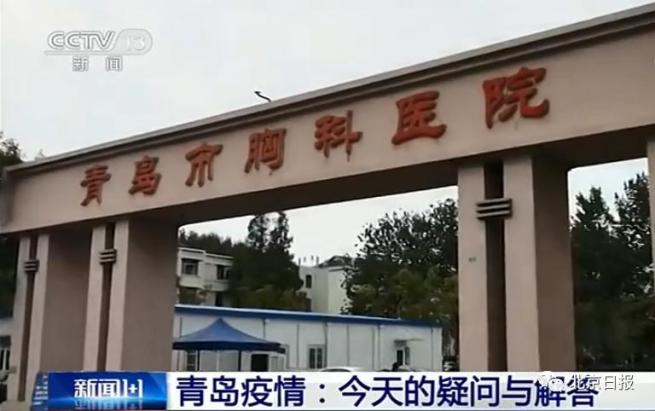
05. It is necessary to check the hospitals that receive imported cases from abroad
What issues should be paid attention to in the closed-loop management of imported cases abroad?
Wu Zunyou said that for the management of imported cases from abroad, there are designated hospitals or designated hospitals in various places. Some designated hospitals are dedicated to receiving COVID-19, and some provide services to other patients in the society while receiving COVID-19 imported cases.
If it is dedicated to serving COVID-19 cases, it should be said that the risk is relatively small. If it also serves other patients in the society, it is necessary to pay attention to whether the division of the ward is strictly isolated, and whether large instruments and equipment are cross-used.
This kind of risk should also exist in other parts of the country, so the results of this investigation in Qingdao should be taken as a warning. All localities should conduct a one-stop inspection of the hospitals that receive imported cases to see if there is a risk of loopholes in the entire closed loop and how to make up for it. This is a very important measure to stop the local spread of epidemics imported from abroad.
06. Qingdao has previously treated imported cases in hospitals, and some patients have been infected
On April 15 this year, at a press conference held by the State Council’s joint prevention and control mechanism, two new confirmed cases in Qingdao at that time attracted media attention.
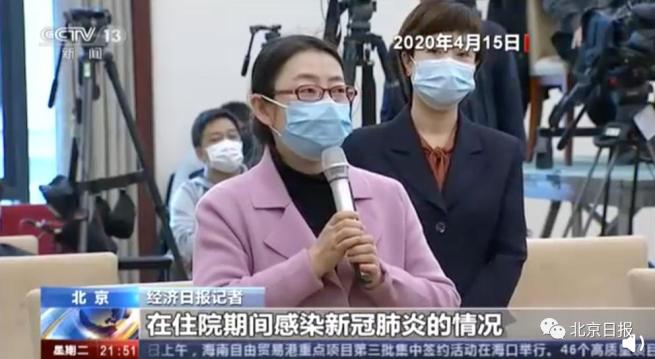
According to the news released by the Qingdao Municipal Health Commission on April 7, it was initially determined that the two confirmed cases were infected by imported cases during their treatment at Qingdao Jiaozhou Central Hospital, and they were in the same ward as an imported case.
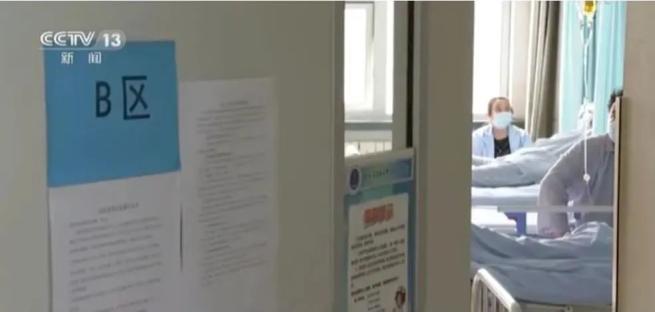
Three days later, on April 10, the official website of the Qingdao Municipal Government released information, dismissing Xing Chunli and Wei Xiu’e, vice presidents of Jiaozhou Central Hospital.
Is the test result of nucleic acid 10-in-1 mixed mining accurate?
This large-scale test involves mixing samples from 10 individuals for testing. Does this test comply with regulations? Can the results be accurate?
According to the introduction, the nucleic acid test work for the city’s population in accordance with the requirements of the novel coronavirus nucleic acid 10 in 1 mixed mining detection technology specification for nucleic acid sampling, mixed inspection in line with the State Council joint prevention and control mechanism related to social level crowd detection specification.
Mixed testing can improve the efficiency of screening, and play an important role in multi-screening, early diagnosis, and restoring the order of production and life as soon as possible. Professor Liu Yong, the main developer and specification writer of "novel coronavirus nucleic acid 10-in-1 mixed detection technology" and director of the laboratory department of Shengjing Hospital Affiliated to China Medical University, once said: "The biggest feature of the new technology is high efficiency. Saving time is extremely important in epidemic prevention and control. Finding patients one minute earlier and isolating them one minute earlier will reduce transmission and save a lot of social costs."
Once a positive is found during the mixed inspection screening, the relevant departments will be notified immediately to temporarily isolate the 10 subjects of the mixed inspection tube, and re-collect the single-tube swab for review. The mixed inspection meets the regulations, and the results are also accurate, and there will be no problems such as missed or wrong inspections.
Content sources: Shenzhen CDC, Shenzhen Health Commission, Guangdong Provincial Health Commission, Beijing Daily, Surging News
If you need to reprint, please indicate the above content
recommended by the release hall
The release hall invites you to follow "i Shenzhen".

"iShenzhen" app QR code
Original title: "No new cases in Shenzhen on October 14"
Read the original text
关于作者